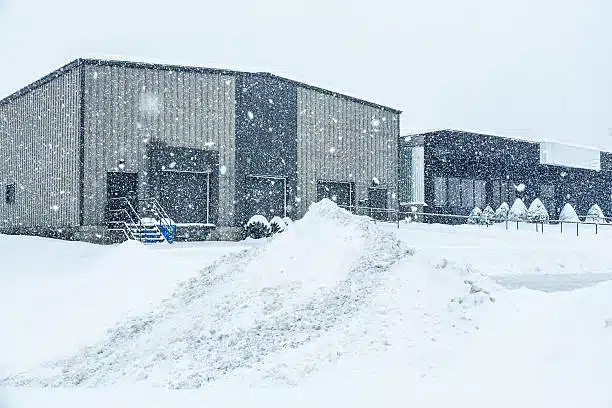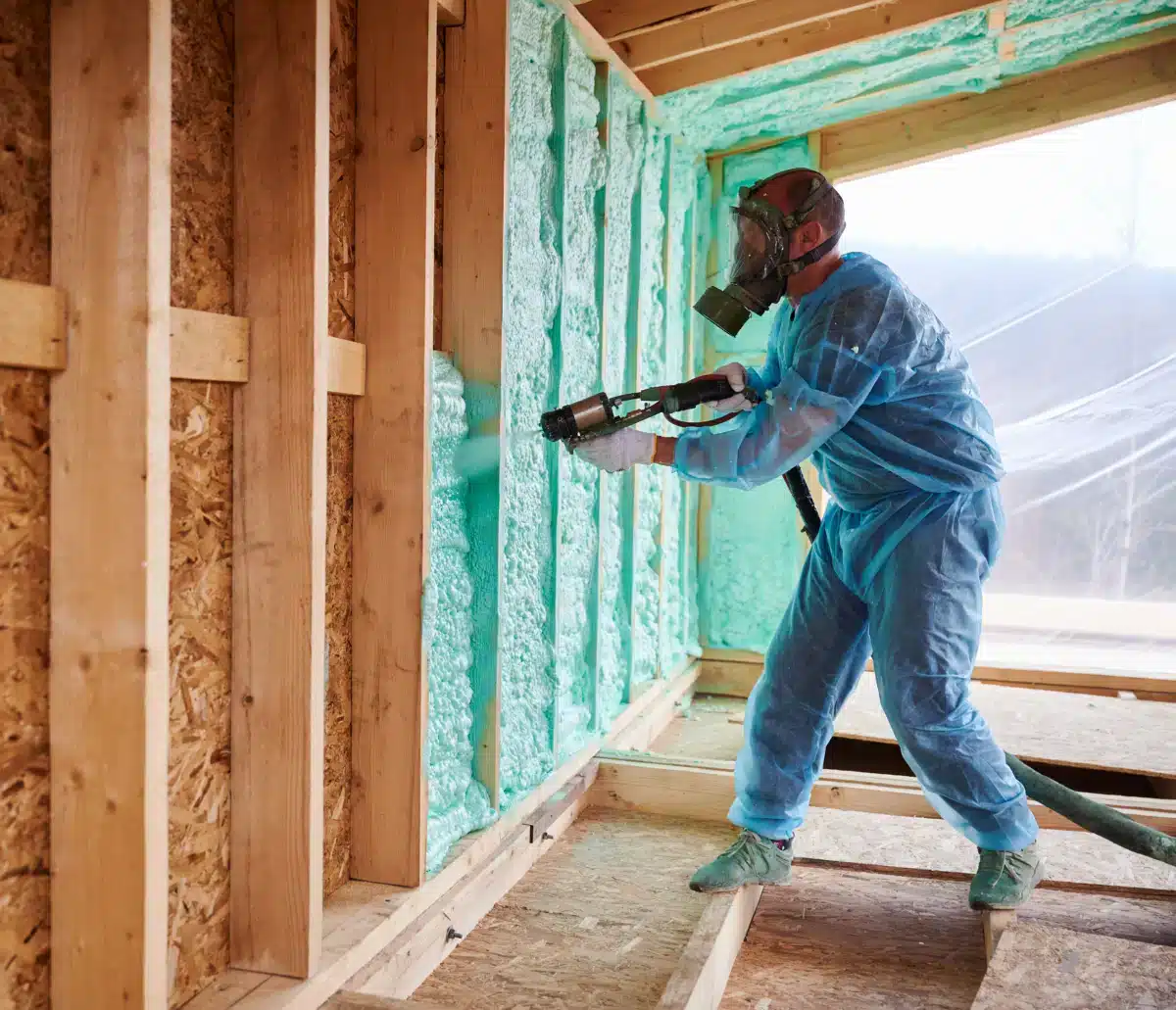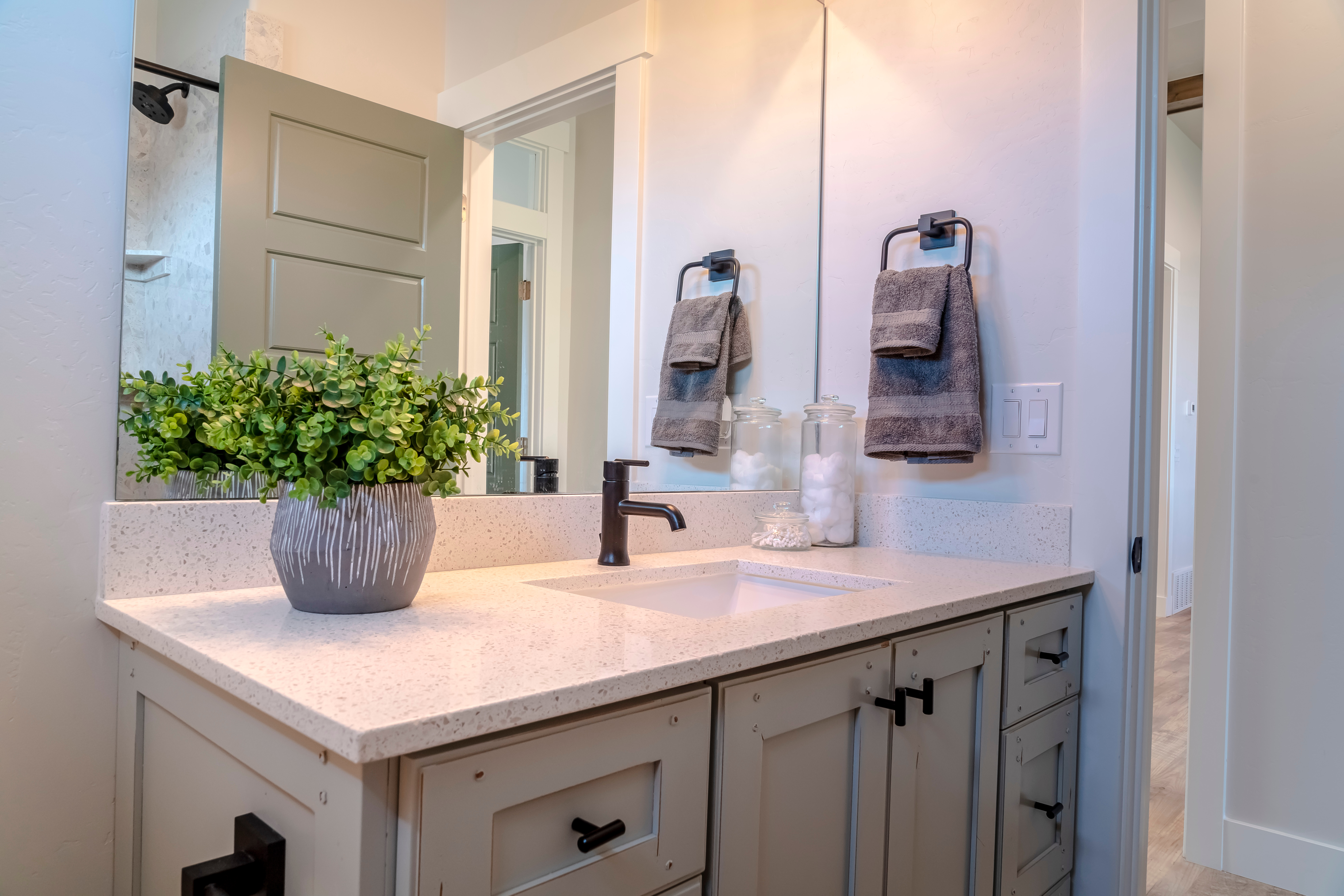Households may be seeing higher energy bills from keeping heat, lights, and computers on as the temperature drops—and as work continues to shift from the office to the home. Fortunately, there are ways to cut heating and other energy costs and still keep our homes comfortable as the weather gets colder.
Here are some energy-saving tips that can help cut costs as you spend even more time indoors during the cold-weather months.
Keep the Heat Inside
One of the best ways to stay warm is to make sure your home isn’t leaking heat. Up to a third of a typical home’s heat loss occurs through windows and doors. Air can also leak into or out of the house through the cracks and gaps inside your home, such as electrical outlets, baseboards, and attic hatches. Seal around these openings to make your home less drafty and keep warm air inside. Caulking leaks can save an average household 10 to 20 percent on annual heating and cooling bills. Weather-stripping your windows can save you an additional 5 to 10 percent annually on heating and cooling bills.
Closing the curtains during the winter helps reduce up to 10 percent in heat loss from a warm room. If curtains are hung close to the windows, they can help prevent as much as one-fourth of that heat loss. However, opening curtains on sunlit windows during the day can help boost temperatures via solar energy. Just remember to close the curtains at night or on windows that don’t get as much sun. Lower your thermostat by seven to 10 degrees Fahrenheit for eight hours a day to save up to 10 percent annually on your heating and cooling bills.
Turn the Thermostat Down
Lowering the thermostat by 10 to 15 degrees while you sleep at night can also help save approximately 10 percent on your heating bills. A smart thermostat also can be programmed based on when you are usually home or away and what temperature you prefer during those times. Some smart thermostats even let you control your heating (and cooling) system by phone or voice or via a mobile app. The cost of a smart thermostat can vary from $130 to $200, but it can end up paying for itself, as it can save you around $180 a year in energy costs.
Inspect and Replace Your Furnace Filter Regularly
This is also a good time for basic maintenance of your heating and cooling systems. Ensure furnace filters are clean, so the equipment isn’t working harder than it needs to be. Some filters can be cleaned and reused, but others must be replaced entirely, so check your model’s maintenance requirements. Consider calling an HVAC (heating, ventilation, and air conditioning) professional to evaluate your system for further improvements.
Use Devices Efficiently
Many people continuously use technology for work, school, entertainment, and socializing, especially as we spend more time indoors in cold weather. That can hike energy use—and bills. Using the energy saver mode on your devices, appliances, and even some heating equipment could go a long way toward easily reducing energy consumption without sacrificing performance. Depending on your products, this may also be called “low power mode,” “battery saver,” or something similar.
Make sure your TV’s standard or normal picture setting is selected and that energy-saving features like automatic brightness control are enabled. Enable “auto power down” on your gaming console to ensure the device goes into low-power mode when not in use. ENERGY STAR estimates that using these power management features could save you up to $30 a year. Also, avoid accessing streaming video through your game console. The game console can use at least 10 times more energy to stream a movie than, say, a Roku box or the app on your smart TV.
Shut down devices you’re not using. If you need a power strip to plug in more devices and equipment and make it easier to turn them off at once, consider an advanced power strip to reduce electricity waste from idle devices that may still be consuming power in standby mode.
Here are more tips for some of the most energy-intensive appliances in our homes:
- Use cold water for laundry and wash full loads to save on energy and water heating.
- Try not to open the oven door to check on your food—the temperature may drop as much as 25 degrees, requiring more energy to heat up again.
- Lowering the temperature on your water heater from 140 degrees to 120 degrees can potentially save you up to $400 a year—and you won’t notice the difference.
CONTACT OUR QUALIFIED CONTRACTORS TODAY
When you are searching for a reputable contractor near me, look no further than Superior Construction USA. Contact us today or fill out the form on this page to schedule a roof consultation today.





